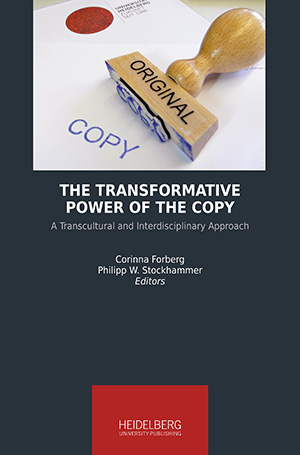How to Cite
License (Chapter)

This work is licensed under a Creative Commons Attribution-ShareAlike 4.0 International License.
Identifiers (Book)
Published
The Dawn of the Copy in the Bronze Age
Abstract Contemporary everyday life is dominated by industrially reproduced serial objects that we perceive as easily replaceable in case of damage or loss. We are used to seriality, i.e. the existence of what we perceive as identical copies of a certain kind of object. Seen from a long-term perspective, humans have not been able to create visually identical copies in large numbers for the most part of their existence. Seriality only became possible to a larger extent with the invention of the bronze casting technique in the Near East in the early third millennium BCE, from where the technique was introduced to Central Europe in the late third millennium BCE. In my contribution to this volume, I want to elucidate the changes in the perception of the material world that were connected with the new technical possibility of casting large numbers of visually identical objects with casting moulds. I will demonstrate how the ability to produce almost identical copies resulted in the creation of new practices with objects and new ideas about the meaning and potential of objects in the world: the possibility to possess several identical weapons became the hallmark of the Early Bronze Age hero and groups of seemingly identical objects in the form of hoards were considered the most appropriate offering to the gods.
Keywords Early Bronze Age, technology, casting, copy, seriality






